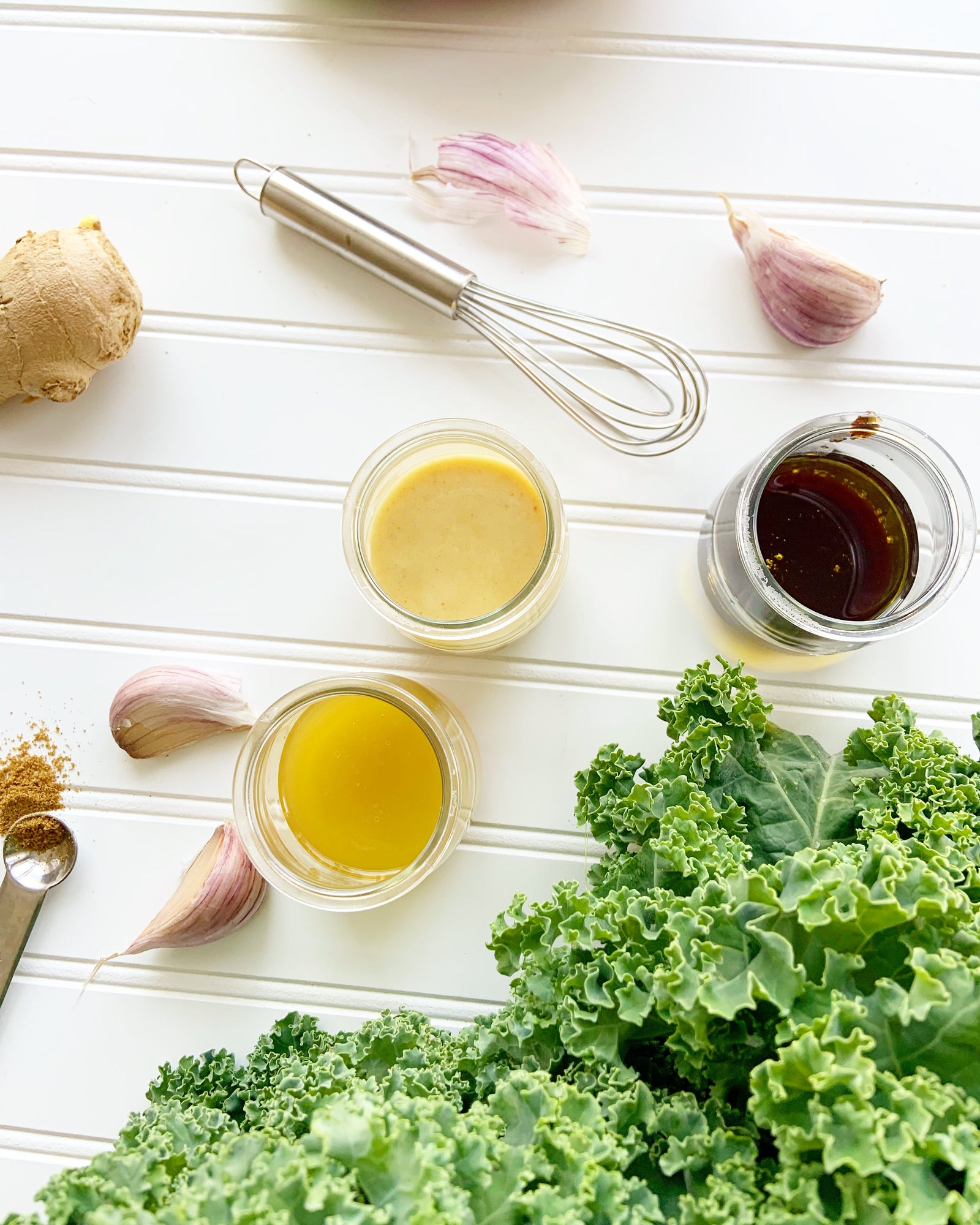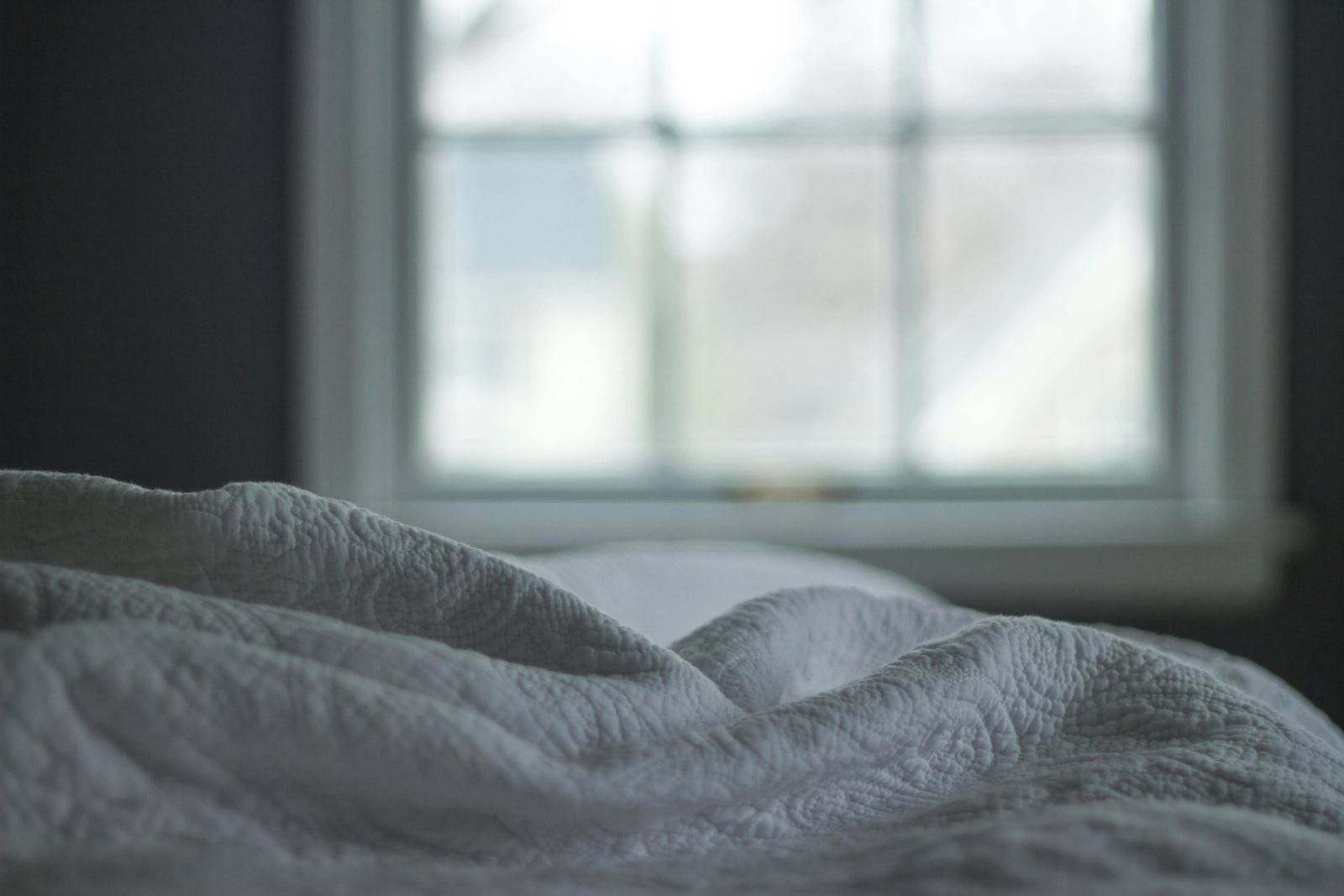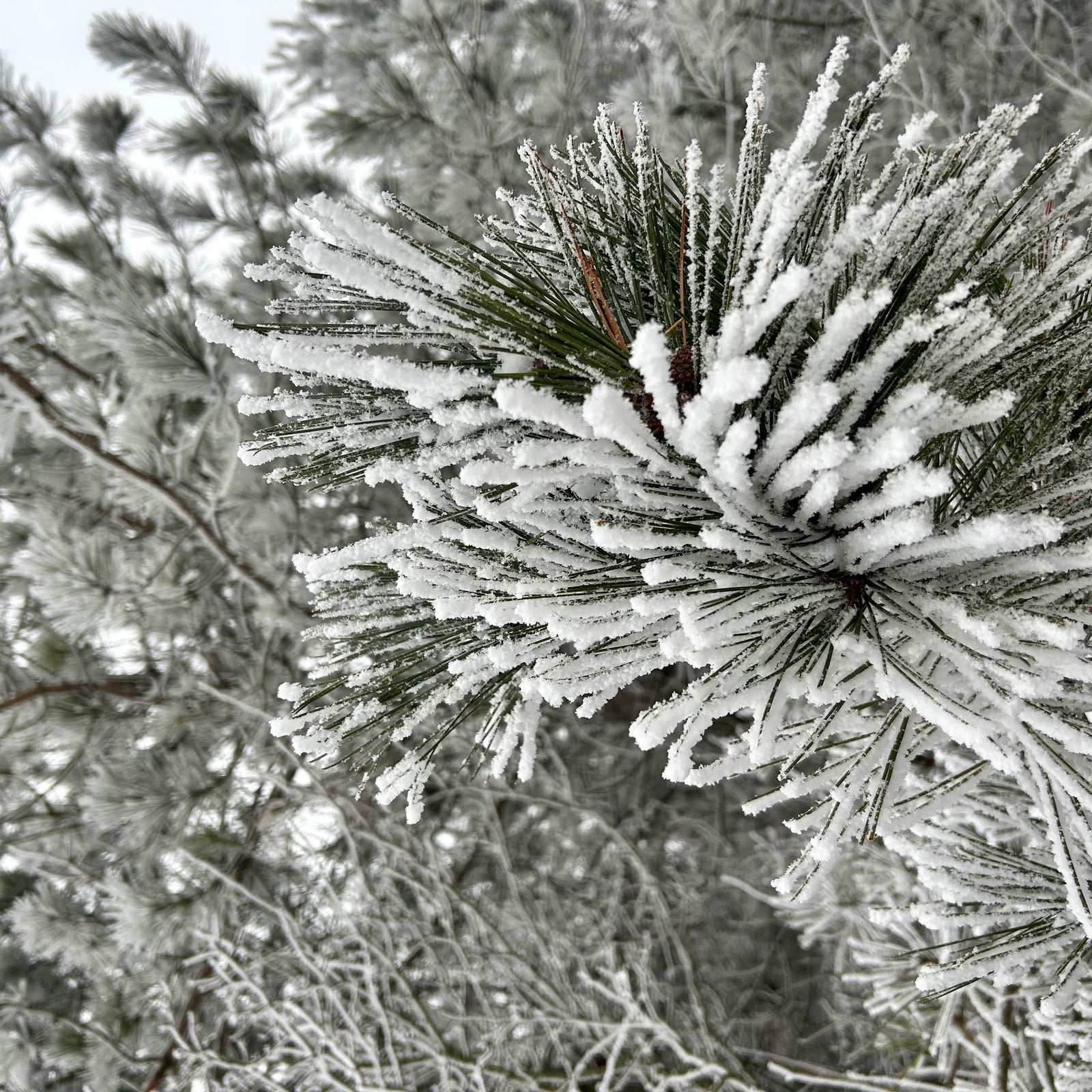The Healthiest Foods to Prevent Wrinkles.
It's extra delicious when you discover the foods you are eating are wrinkle preventers. Yes, tell your friends - this is something everyone should know about. Firstly, let's set the stage. Age is irrelevant (unless you’re cheese or red wine, of course). Yet, when it comes to wrinkle prevention you can start at any age by eating foods that are nourishing. Come discover more about what makes your skin strong and youthful, and what nutrients research says are the best wrinkle preventers around. Oh, and of course all of the “how-to” eat your way to more beautiful skin.
Wrinkle Preventer #1: Keratin
Keratin is just one of the key wrinkle preventers everyone should know about. Keratin is an extremely strong protein found in the skin, hair, and nails that helps make skin waterproof, while restricting the ability of chemicals and pathogens to gain access to your body. Along with collagen and elastin, keratin gives skin its strength. It is made by specialized cells in the skin called keratinocytes. If skin is rubbed or pressure is applied, keratin is produced in larger quantities, and calluses develop–as, for example, when the skin of your big toe joint hardens from rubbing against the inside of your shoe. You may not appreciate calluses, but athletes and musicians do because it protects their skin from repetitive rubbing. We all appreciate keratin more when we realize that it helps prevent sagging and wrinkling. Note: Dull looking skin can come when you have too many dead keratin cells. Exfoliation, through the use of facial scrubs, are designed to remove excess keratin cells so the natural glow of your skin can be seen.
What's the Best Food to Eat for More Keratin?
Let's first look at what nutrients help your body produce keratin. Both vitamin A and C are needed for the formation of cells that make keratin, called keratinocytes. Vitamin A is commonly added to fortified cereal, but both vitamin A and C can be found in plants like carrots, broccoli and squash. Selenium and zinc are needed for these cells to replicate, and are found in lentils, beans, nuts and seeds.

Wrinkle Preventer #2: Collagen
Collagen, which is found throughout the body, is a protein that holds the dermis together and supports the epidermis. It gives skin its strength and durability, and is a vital part of the internal scaffolding responsible for smooth, tight, beautiful skin. Understanding the structure and function of collagen can help you maintain a healthy, youthful appearance. Collagen is a key wrinkle preventer.
Collagen is a protein with a triple helix structure that provides a strong framework to support cells. Its tensile strength (the ability to resist force without tearing apart) is greater than that of steel, which explains why your skin is so strong. About one-third of the protein in your body is collagen. It supports your tissues and organs and connects them to your bones. Even your bones are made from collagen, along with minerals like calcium and phosphorus.
Perhaps collagen’s most important role is providing the structural scaffolding that surrounds cells and supports cell shape and differentiation, just as steel rods reinforce a concrete block. The mesh-like collagen network binds cells together and provides a supportive framework where cells can develop and function. This framework aids in the healing of tissues and bones, just as scaffolding helps construction workers build walls.
Collagen makes up 75 percent of our skin. Healthy collagen levels give skin a smooth, plump, young, healthy appearance. A breakdown in collagen or a decline in collagen production, however, leads to unwanted wrinkles and the appearance of aged skin. As a result, beauty seekers try to find ways to boost collagen levels and repair collagen damage. Adding nutrients such as vitamin C, which is known to support collagen production, to skin creams is one way to increase collagen synthesis in the skin. Some will go as far as to inject collagen directly into the skin and lips to achieve the desired smooth, plump appearance.
How Does the Skin Make Collagen?
Collagen is created by fibroblasts, which are specialized skin cells located in the dermis and hypodermis. On the surface of a fibroblast cell are receptors for growth factors,which tell these cells to produce structural proteins such as collagen, elastin, and glucosaminoglycans. Elastin gives skin the ability to snap back after being extended (such as when you smile). Glucosaminoglycans make up the ground substance that keeps the dermis hydrated.
Initially, fibroblasts produce short collagen subunits called procollagen. These subunits then leave the fibroblast cell and move into the extra-cellular matrix, where cofactors such as vitamin C bind them together to make collagen. Without a sufficient supply of vitamin C, the subunits cannot be converted into collagen, and the skin begins to lose its structure. In the short term, this leads to weak, loose skin; in the long term, disruptions in collagen synthesis can lead to a variety of disorders, including scurvy. Scurvy is a disease where the body fails to produce collagen, and as a result, the body essentially falls apart as its support structures deteriorate.
Every day, fibroblasts produce collagen to help repair damaged tissue or to build new cellular structures. They also break down and recycle damaged collagen. With age, the level of collagen in the skin drops due to a decrease in collagen production and an increase in its degradation. Preventing this degradation is probably the best way to maintain a healthy, youthful-looking appearance. You can protect your collagen by avoiding radiation from the sun (UVA and UVB) and preventing free-radical damage. Wearing wide-brimmed hats and using sunscreen can help reduce your skin’s exposure to UVA and UVB radiation.
For battling the exposure you cannot avoid, nutrients are essential. Free-radical damage can be prevented by ingesting antioxidants, which are present in many colorful foods such as berries, tropical fruit, and vegetables. Think of food as a peaceful warrior, ready to protect your collagen and eager to help you look luminous and youthful.
How You Can Make More Collagen?
Promoting synthesis of collagen is another way to encourage healthy, plump, smooth skin. This means providing the skin with vitamin C, an important cofactor required to convert collagen subunits into active collagen proteins. Because vitamin C is water- soluble, it cannot build up in the body and form reserves, so consuming vitamin C–rich foods frequently is important to ensure that your skin can make collagen.
In 1981, researchers reported that human connective-tissue cells, the same cells that make collagen in your skin, were stimulated to produce eight times more collagen when they were exposed to vitamin C for an extended period of time—proof positive that stocking your diet with vitamin C–rich foods can help your body produce all the collagen it needs.

Wrinkle Preventer #3: Elastin
Elastin is a coil-like protein that helps the skin resume its shape when poked or pinched. A decrease in elastin can cause the skin to lose its firmness.
With age, the body produces more of a hormone called DHT, which inhibits elastin production. Thus, as we age, elastin production decreases and the resilience of existing elastin fibers decreases. This results in areas of decreased firmness, especially along the jawline, along the neck, and around the eyes. In addition, repeated mechanical stress to elastin (from frowning, for instance) can permanently stretch out these fibers and lead to sagging and wrinkles.
Like collagen, elastin can be damaged by ultraviolet light from the sun, as can the fibroblast cells that make both collagen and elastin. Topical creams may claim that they contain elastin and can improve the skin’s elastin content; however, there is no proof that topical application of elastin increases elastin in the skin.
What Food Helps My Skin Make Elastin?
Because iron has been linked with increased elastin production, eating iron-rich foods like spinach and dried fruits may be the best option for boosting the amount of elastin produced in your skin.
Feed Your Skin, Starve Your Wrinkles
Eat up! Here is a list of nutritious foods you can start snacking on to help your skin bite back against wrinkles. For more skin-loving foods, check out Allison’s Book Feed Your Skin, Starve Your Wrinkles.
- Mango
- Celery
- Rhubarb
- Raspberries
- Lemons/Limes
- Strawberries
- Oranges/Peaches/Nectarines
- Nuts
- Fish (salmon, tuna, mackerel, sardines, anchovies)
- Chia, hemp or flax seeds
Available in eBook & Soft Cover Today!

Also in Blog

The Microbiome Diet: Gut Health, the Human Microbiome and Your Health
Your guide to the human microbiome, with insights into the Microbiome Diet, and whether it can improve your health, including indigestion.

Why Can't I Sleep: Your Guide to Better Sleep



